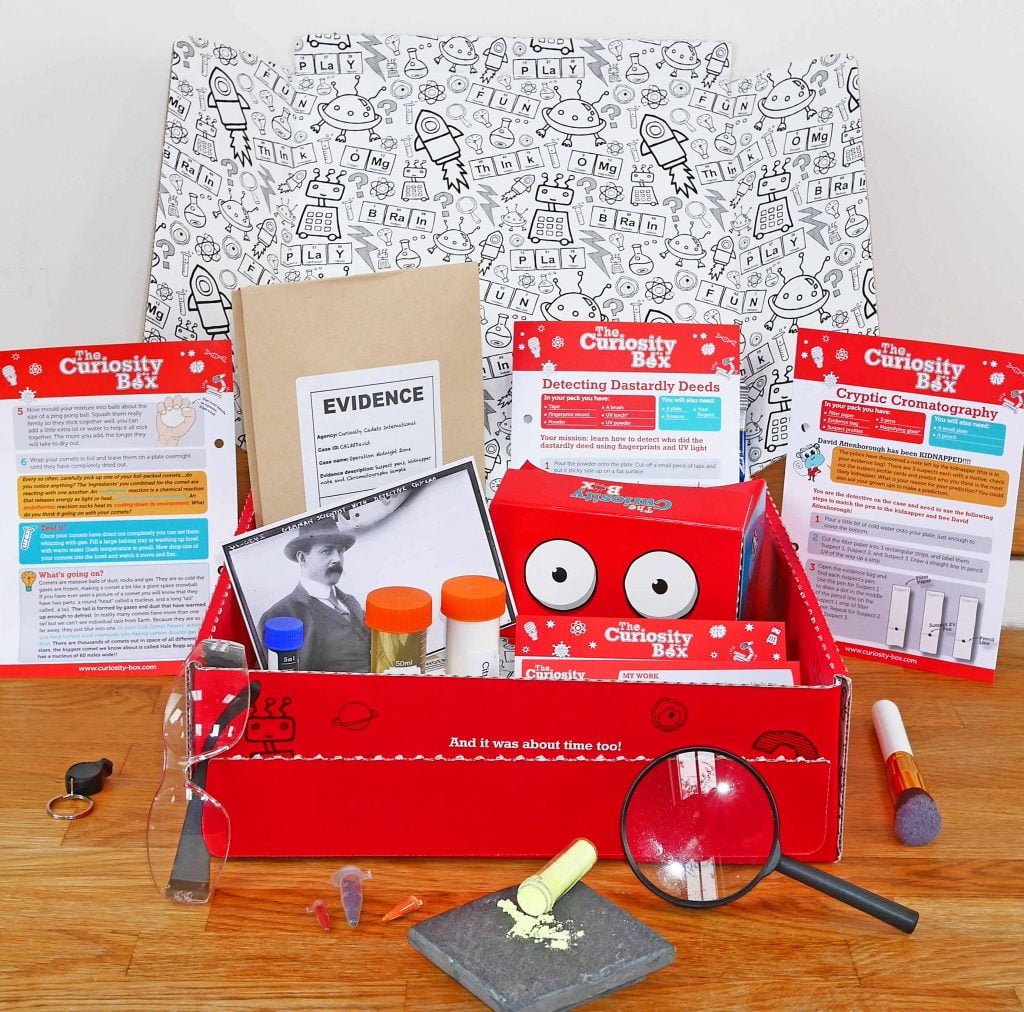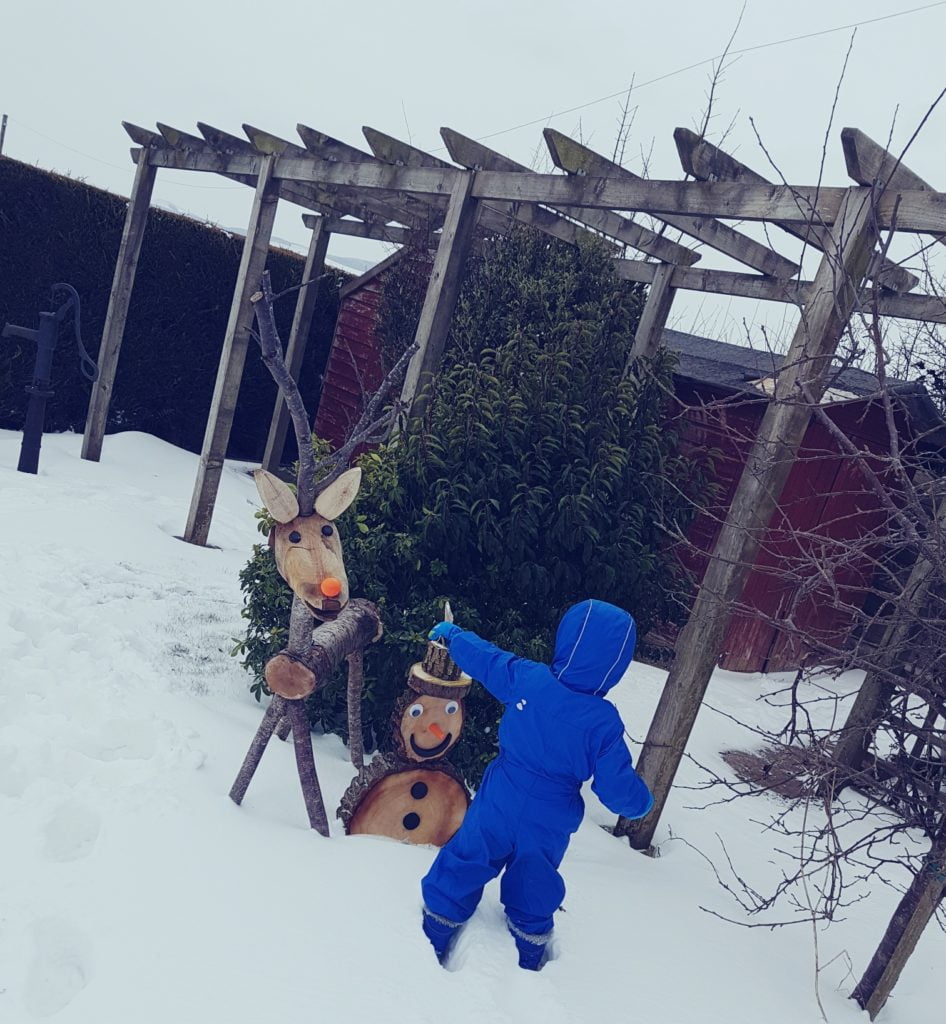*GUEST ARTICLE BY MUSWELL HILL PRESCHOOL*
Children are very curious and are usually naturally drawn to science-based activities. It comes with a strong feeling of being able to understand and make sense of the world.
At Muswell Hill Preschool we understand that the hands-on approach usually works well when introducing early years science activities. Its exciting for your child and often involves messy play.

Remember children already behave like “little scientists”, they are eager to observe and make “what if” discoveries about their world. Young children already test the environment around them to see what happens when, for example, they drop a toy out of their highchair or play with the water in their bath.
This drive for discovery continues to develop as they grow and become more adventurous in the things that they try out, from making mud pies in the garden to starting a worm farm in the living room.

Children are born with marvellous imaginations and a keen desire to explore the world. Encourage this in your child—help them to discover the beauty and wonder of everything around them.
Tapping into this enthusiasm at such a young age can help your child to establish a love of science-based activities and can be beneficial in many ways:
- It fosters the desire to explore and experiment
- It helps develop analytical and problem-solving skills
- It nurtures an understanding of cause and effect and trial and error
- It helps develop an understanding of the world
- It supports the development of communication and collaboration based skills
- It expands vocabulary

Some easy Winter science experiments
Warm vs Cold
Ice is a perfect way for your child to experience melting and most children love the cold and slippery feel to it. Why not experiment and find out if the ice melts faster in cold water or warm water?
Grab an ice cube tray and experiment. Add a small object to it then add water and a piece of string before freezing. To make it more interesting to a child why not add a fish for some winter fishing?
Tie the other end of the string to a stick and you have your very own ice fishing rod! Then dip the fish into a bowl of cold water and time how long it takes to melt versus placing the fish in a bowl of warm water.

Ice painting
Why not make the most of the cold weather and give ice painting a try? This ice painting science activity is super simple and huge amounts of fun.
Grab yourself a baking try and add some water and pop it in the freezer until frozen.
Then simply add paint to the ice with as many different colours as you like. Then place a piece of paper on top and press down firmly, put the piece of paper to one side to dry.
Try decorating your ice paint picture with pens or pencils.
Frost making

Get an empty tin can and half fill it with ice and the other half with some water and salt, you will quickly start to see the frost forming. So how does it work?
You can’t see it but the air around us can hold a lot of water called vapour! If a surface is very cold like the tin can in this experiment the condensed water vapour freezes, this is what we see as frost. By adding the salt this lowers the melting point of ice, therefore dropping the freezing point of the can to below freezing. This makes the water vapour in the air (and you can make sure there is some by putting the can on a wet paper towel) condense and freeze on the can.
Throughout the development of your child, you need to consider what stage they’re at and what steps need to be taken next. There are many activities you can carry out at home, and discussing these with your child’s nursery will allow for a collaborative approach to promoting their development.
If you’d like more information, get in touch with our Muswell Hill Nursery.

